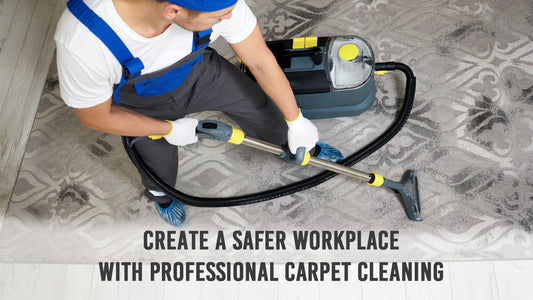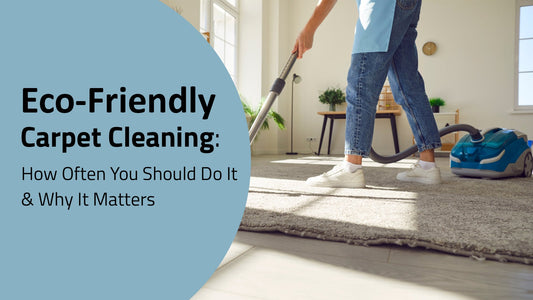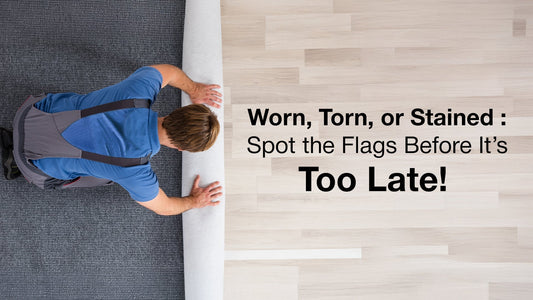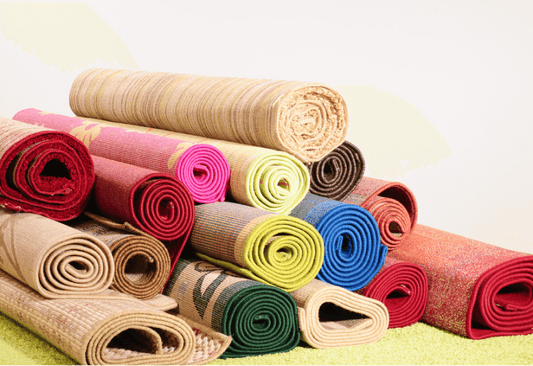
Item added to your cart
What to Consider Before Buying Carpets For Your Space

So if you’re thinking of getting a new carpet, then know this: buying a new carpet isn’t just about style; it’s about matching flooring to the life that happens on top of it. Maybe you’re setting up a nursery for a new baby, chasing after a toddler who spills more than they eat, or moving into a rental where wear and tear is inevitable. Maybe it’s a guest room that rarely sees visitors or a busy hallway with muddy shoes and a dog in tow.
After years of working with homeowners, renters, new parents, pet owners, and business operators, one thing’s clear: no two households are the same, and your flooring needs to reflect that. Which means your carpet needs to match your lifestyle and not just your Pinterest board.
So before falling in love with that dreamy white carpet, take a moment to think: What’s the room used for? Who’s walking on it? How much time do you realistically have to keep it clean? Will it need to stand up to daily spills, pet hair, muddy shoes, or the occasional red wine disaster?
So, let's walk you through the kinds of questions we get asked in-store every day, from choosing the right fibre to figuring out if that almost-perfect carpet will actually survive your two-year-old and the dog.
Let's get onto it now.
1. Your Lifestyle Comes First
Start with who’s using the space. Is it a family home with young kids and pets running around? Or a sleek apartment with an occasional dinner party? Here’s why this question is important:
-
Families with Toddlers: Go for stain-resistant, soft carpets that are gentle for playtime and crawling. Look for a short pile with built-in protection.
-
Busy Professionals: Low-maintenance and darker tones work best. Opt for synthetic blends that can handle a bit of neglect.
-
Pet Owners: Consider loop pile carpets that resist claw pulls and multi-tonal colours to disguise fur and fluff.
-
Rental Properties: Durable, neutral-toned carpets are best. They’re easier to clean and replace and appeal to a wider range of tenants.
-
High-Traffic Areas: Think hallways and stairs. These need hardwearing materials like nylon or wool blends, often in darker or patterned finishes to hide dirt.
2. Colour Makes a Difference
Light-coloured carpets like white, cream, and beige can make rooms feel bigger and more open. But they also show every spill, smudge, and muddy footprint. Darker tones and patterned carpets, on the other hand, are great at disguising mess but might make small spaces feel more compact.
So, think beyond just aesthetics. Ask: Who’s walking on this floor? How often will it be vacuumed? Will you resent a carpet you need to fuss over daily? (because we know a lot, who will.)
3. Maintenance Matters
No carpet is completely immune to wear, but some are easier to live with than others:
-
Vacuuming: At least twice a week if you have pets or kids.
-
Spill Response: Always blot spills immediately. Keep a cloth and carpet solution on hand.
-
Steam Cleaning: Once a year keeps things fresh, especially for light colours.
Low-maintenance materials include polypropylene and nylon. They’re built for busy homes. Wool looks and feels luxe but needs more care and costs more upfront.
4. Materials 101
Here’s a breakdown of popular carpet materials:
Nylon: Tough, resilient, and ideal for high-traffic zones.
Best for: High-traffic areas like hallways, stairs, and family living rooms.
Nylon is the go-to for busy homes. It’s incredibly durable, springy underfoot, and resistant to flattening, even in spots where people are constantly walking. It also holds its colour well and handles carpet cleaning like a champ. If you’ve got active kids or pets, nylon will cope better than most.
Polypropylene: Stain-resistant and budget-friendly.
Best for: Rentals, budget makeovers, and low-maintenance households.
This fibre is stain-resistant by nature and doesn’t absorb moisture easily, which makes it a great low-fuss option. It’s often used in investment properties or homes where you just need something that does the job without costing a fortune. Just keep in mind it’s not as resilient as nylon, so it may flatten faster in heavy-use zones.
Wool: Natural and soft with great insulation, but needs more upkeep.
Best for: Master bedrooms, cosy lounges, or quieter, low-traffic spaces.
Wool feels luxurious underfoot and offers excellent insulation, helping to keep rooms warm in winter and cool in summer. It’s a natural, eco-friendly choice that’s soft, breathable, and long-lasting with the right care. But it’s not as stain-resistant as synthetic options, so it’s best in areas where spills are less likely.
Blends: Combine durability with comfort; good all-rounders.
Best for: Family homes, mid-range renovations, or anyone after the best of both worlds.
Blends combine the comfort and warmth of natural fibres with the resilience of synthetics. A wool-nylon mix, for example, offers better stain resistance and durability than pure wool but still feels premium. It’s a great pick if you want a balance between performance and aesthetics.
5. Pile Type and Texture
Pile refers to the carpet fibres, how they stand up, how thick they are, and how they feel.
-
Cut pile carpets have fibres that stand straight up and are plush and soft.
-
Loop pile carpets have fibres looped into the backing; they are more durable and better at hiding footprints.
-
Cut and loop blends give texture and patterns.
If you want a cosy feel, cut pile is your go-to. For durability and stain hiding, loop or cut-and-loop works better.
6. Think Long-Term: Longevity, Warranty & Budget
When choosing a carpet, it’s not just about what looks good today; it’s about how it holds up over the years. Start by asking how long the carpet is expected to last and what the warranty actually covers. Some carpets come with stain protection treatments, a solid option if you’ve got pets, kids, or both. But no carpet is completely spill-proof, so it helps to know what kind of messes it can handle and how easily it cleans up.
And then there’s the budget. Carpet prices can range a lot. While it’s tempting to grab the cheapest one, that bargain choice might wear out quickly or stain easily, meaning you’ll be replacing it much sooner than you anticipated. Sometimes, spending a bit more upfront can save you a lot down the track.
7. Common Mistakes to Avoid
-
Choosing Style Over Substance: That plush white carpet might look stunning, but not if you’re scrubbing it every weekend.
-
Ignoring Underlay: A good underlay improves comfort, extends carpet life, and provides insulation.
-
Going Too Trendy: Loud patterns or colours might date fast. Stick to timeless if you're not changing carpets often.
-
Not Testing Samples at Home: Lighting can change how colours look. Always test samples in the actual room.
Final Thoughts from Your Carpet Expert
Buying a carpet isn’t just about picking a colour or texture that looks good, it’s about finding the right fit for your lifestyle, your home, and your budget.
If you keep these basics in mind:
-
The room and the traffic it will get
-
Your preferred colour and how much maintenance you’re ready for
-
The fibre and pile type that suits your family and style
-
Your budget and warranty options
You’ll end up with a carpet that’s both beautiful and practical.
And hey, if you ever want to see and feel the options before making up your mind, you can visit our store and ask for samples because carpets are one of those things you need to touch to appreciate.
Got questions? Feel free to ask our experts. We are more than happy to help you every step of the way!








